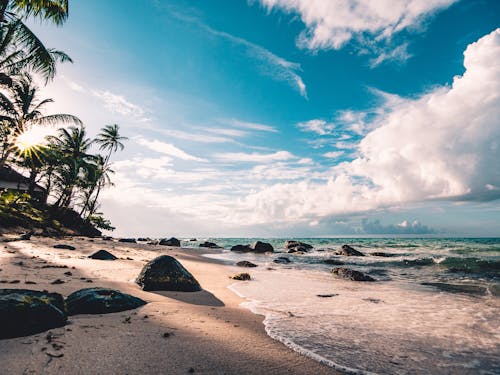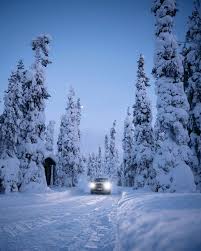Booklet Pane: Fresh Waters of Canada (Canada 2000)
Fresh Waters of Canada (Canada 2000)
23 May (Canada ) within release Fresh Waters of Canada goes into circulation Booklet Pane Fresh Waters of Canada face value 5*95 Canadian cent
| Booklet Pane Fresh Waters of Canada in catalogues | |
|---|---|
| Stamp Number: | Sn: CA 1855 |
Booklet Pane is square format.
From booklet Sn BK229. Serpentine Die Cut 2.5 horizontalAlso in the issue Fresh Waters of Canada:
- Stamp - New Brunswick - St. John River face value 95;
- Stamp - P.E.I. - DeSable River face value 95;
- Stamp - Nova Scotia - Lake O'Law face value 95;
- Booklet - Fresh Waters of Canada - Booklet face value 2.75;
- Stamp - British Columbia - Helmcken Falls face value 55;
- Stamp - Saskatchewan - lake near Baldwinton face value 55;
- Stamp - Alberta - Cameron Lake face value 55;
- Stamp - Manitoba - Red River/ Lake Winnipeg face value 55;
- Stamp - Ontario - Niagara Falls face value 55;
- Booklet - Fresh Waters of Canada - Booklet face value 4.75;
- Stamp - Newfoundland - Iceberg face value 95;
- Booklet Pane - Fresh Waters of Canada face value 5*55;
- Booklet Pane - Fresh Waters of Canada face value 5*95;
Booklet Pane Fresh Waters of Canada it reflects the thematic directions:
A landscape is the visible features of an area of land, its landforms and how they integrate with natural or man-made features. A landscape includes the physical elements of geophysically defined landforms such as (ice-capped) mountains, hills, water bodies such as rivers, lakes, ponds and the sea, living elements of land cover including indigenous vegetation, human elements including different forms of land use, buildings and structures, and transitory elements such as lighting and weather conditions. Combining both their physical origins and the cultural overlay of human presence, often created over millennia, landscapes reflect a living synthesis of people and place that is vital to local and national identity. The character of a landscape helps define the self-image of the people who inhabit it and a sense of place that differentiates one region from other regions. It is the dynamic backdrop to people’s lives. Landscape can be as varied as farmland, a landscape park, or wilderness. The earth has a vast range of landscapes, including the icy landscapes of polar regions, mountainous landscapes, vast arid desert landscapes, islands and coastal landscapes, densely forested or wooded landscapes including past boreal forests and tropical rainforests, and agricultural landscapes of temperate and tropical regions.
A river is a natural freshwater stream that flows on land or inside caves towards another body of water at a lower elevation, such as an ocean, lake, or another river. A river may run dry before reaching the end of its course if it runs out of water, or only flow during certain seasons. Rivers are regulated by the water cycle, the processes by which water moves around the Earth. Water first enters rivers through precipitation, whether from rainfall, the runoff of water down a slope, the melting of glaciers or snow, or seepage from aquifers beneath the surface of the Earth.
A sea is a large body of salty water. There are particular seas and the sea. The sea commonly refers to the World Ocean, the wider body of seawater. Particular seas are either marginal seas, second-order sections of the oceanic sea (e.g. the Mediterranean Sea), or certain large, nearly landlocked bodies of water.
Snow comprises individual ice crystals that grow while suspended in the atmosphere—usually within clouds—and then fall, accumulating on the ground where they undergo further changes. It consists of frozen crystalline water throughout its life cycle, starting when, under suitable conditions, the ice crystals form in the atmosphere, increase to millimeter size, precipitate and accumulate on surfaces, then metamorphose in place, and ultimately melt, slide or sublimate away.




